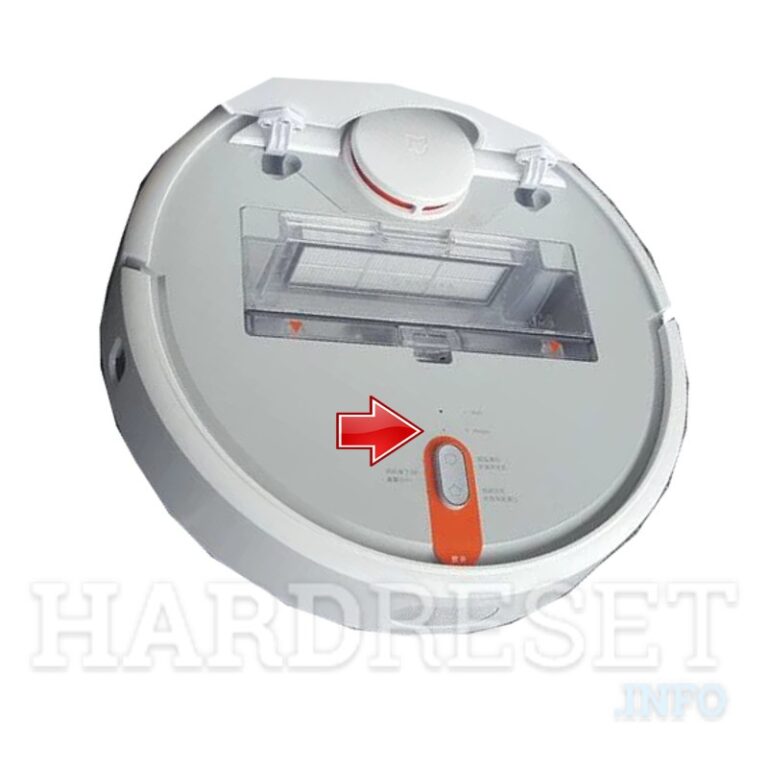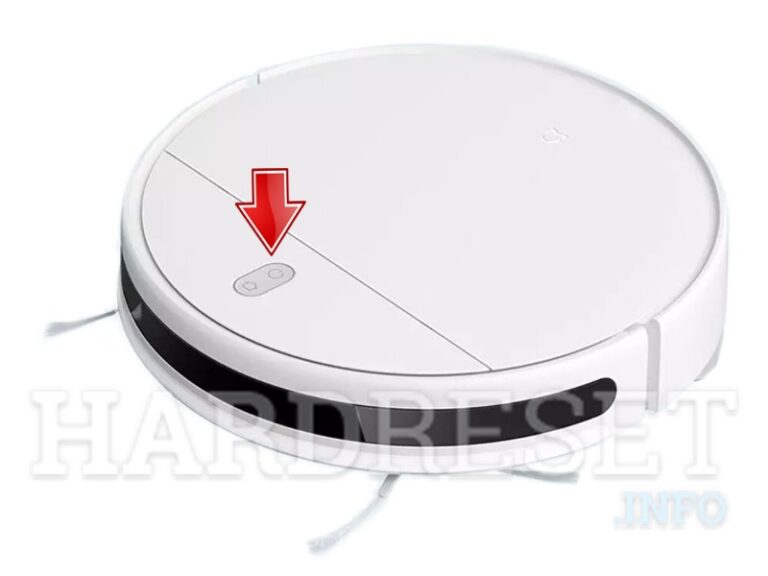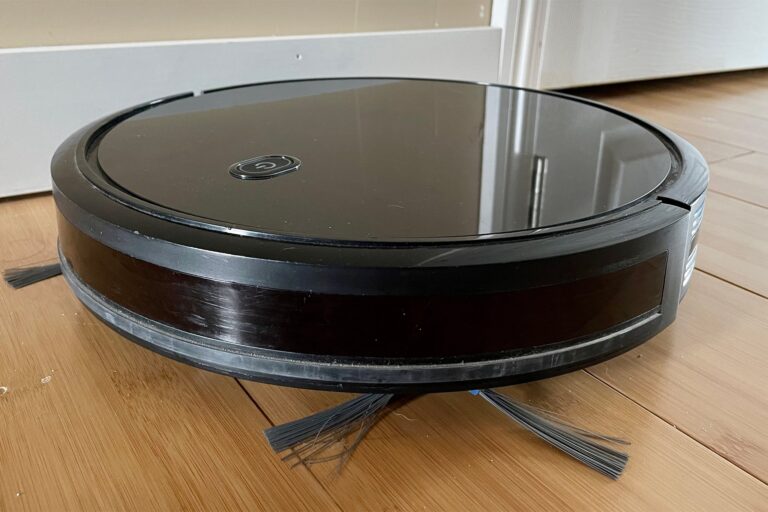How Vacuum Robots Work?
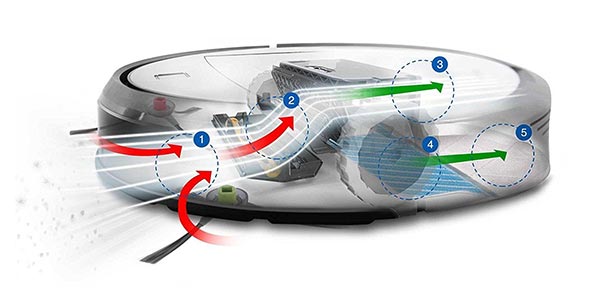
Vacuum robots work by using sensors, brushes, and suction to clean floors autonomously, saving time and effort. These smart devices detect obstacles and navigate around them while efficiently removing dirt and debris from various surfaces.
With advanced features like mapping technology and self-charging capabilities, vacuum robots provide a convenient and effective solution for maintaining clean and tidy homes. The rise in popularity of these intelligent cleaning machines has revolutionized the way we approach household chores, offering convenience, efficiency, and the freedom to focus on other tasks while the robot does the cleaning.
How Vacuum Robots Work
Vacuum robots function by combining various components to carry out the cleaning process efficiently. These robots have sensors that detect dirt and debris, allowing them to navigate around a room. Their brushes and suction power enable them to collect and remove dirt, while their filters trap allergens.
When the robot’s battery is low, it automatically returns to its charging station. The cleaning process involves the robot moving in a systematic pattern, covering the entire floor surface. Advancements in vacuum robot technology have brought about features such as mapping capabilities and virtual boundaries.
Mapping technology allows robots to create a virtual map of the room, enabling them to clean more effectively. Virtual boundaries use magnetic strips or sensors to prevent the robot from entering restricted areas. These advancements have made vacuum robots more autonomous and efficient in maintaining clean and dust-free homes.
Sensors And Navigation
Vacuum robots rely on a variety of sensors and navigation systems to efficiently clean floors. Infrared sensors play a vital role in detecting and avoiding obstacles in the robot’s path. These sensors emit infrared light and measure the time it takes for the light to bounce back, allowing the robot to assess the distance to objects and avoid collisions.
Vacuum robots are equipped with cliff sensors that prevent them from falling down stairs or any other elevated surfaces. These sensors use a combination of infrared and/or sonar technology to detect sudden drops and ensure the robot’s safety. Some advanced vacuum robots even utilize camera-based navigation systems.
These cameras capture images of the room and, combined with mapping algorithms, enable the robot to navigate and clean efficiently. By employing these sensors and navigation systems, vacuum robots are able to work autonomously and efficiently in a variety of home environments.
Cleaning Mechanism
Vacuum robots employ brush systems to efficiently pick up debris from various floor types. These brushes, often made of bristles or rubber, enable the robots to loosen dirt and gather it into their suction chambers. The suction power of these devices is crucial for effective cleaning.
Vacuum robots use advanced filtration techniques to trap and contain dust particles, ensuring thorough cleanliness. By customizing their cleaning mechanisms, these robots can adapt to different flooring materials, such as carpet, hardwood, or tile. With their innovative designs and intelligent programming, vacuum robots offer convenient and time-saving solutions for maintaining a tidy living or working environment.
Their ability to autonomously navigate through obstacles and adjust to different surfaces makes them an ideal addition to any modern home or office space.
Mapping And Path Planning
Vacuum robots utilize Simultaneous Localization and Mapping (SLAM) algorithm to map and plan their cleaning paths efficiently. By creating virtual maps of the cleaning area, these robots can navigate through the room with precision. The SLAM algorithm enables the robot to simultaneously understand its current location and build a map of the surrounding environment.
With this information, the vacuum robot can determine the best route to cover the entire area. Through efficient path planning and coverage algorithms, the robot moves systematically, ensuring that no spot is left uncleaned. This intelligent technology allows vacuum robots to optimize their cleaning performance, saving time and effort for users.
Battery And Charging
Vacuum robots utilize advanced lithium-ion battery technology, allowing for efficient and reliable cleaning performance. These robots are equipped with docking and self-charging capability, ensuring they return to their charging stations automatically when their battery levels are low. The battery life of vacuum robots varies depending on the model and usage, but they are designed to provide sufficient power for extended cleaning sessions.
Recharging times also vary, with some robots requiring a few hours to fully charge and others taking less time. Thanks to their battery and charging features, vacuum robots can operate autonomously and continuously clean your floors without interruption. This technology enables them to navigate your home effortlessly, tackling dirt and debris while you focus on other tasks.
Smart Home Integration
Vacuum robots have become an integral part of smart home integration. These robots offer various connectivity options and are compatible with popular virtual assistants like Alexa or Google Assistant. Through mobile apps, users can easily control their vacuum robots, initiating cleaning sessions or giving specific instructions.
These robots allow for the automation of cleaning schedules, ensuring that floors are always kept tidy without manual intervention. The robots use advanced technology to map different rooms, enabling them to navigate efficiently and focus on areas that require attention.
With their ability to learn and adapt, vacuum robots make cleaning an effortless task in a smart home environment. They are equipped with sensors to avoid obstacles and are even able to return to their charging stations when low on battery.
Maintenance And Troubleshooting
Vacuum robots are highly efficient cleaning devices that require regular maintenance and troubleshooting. To ensure optimum performance, it is important to empty the dustbin and clean the brushes regularly. Additionally, replacing filters and other consumables is necessary to maintain the robot’s functionality.
Common issues that may arise include clogged brushes or filters, low battery life, or navigation problems. To troubleshoot these issues, ensure the brushes are clear of debris, clean or replace the filters, charge the battery fully, and check for any obstacles that may hinder the robot’s movement.
By following these maintenance and troubleshooting steps, you can keep your vacuum robot working effectively and efficiently, saving you time and effort in your cleaning routine.
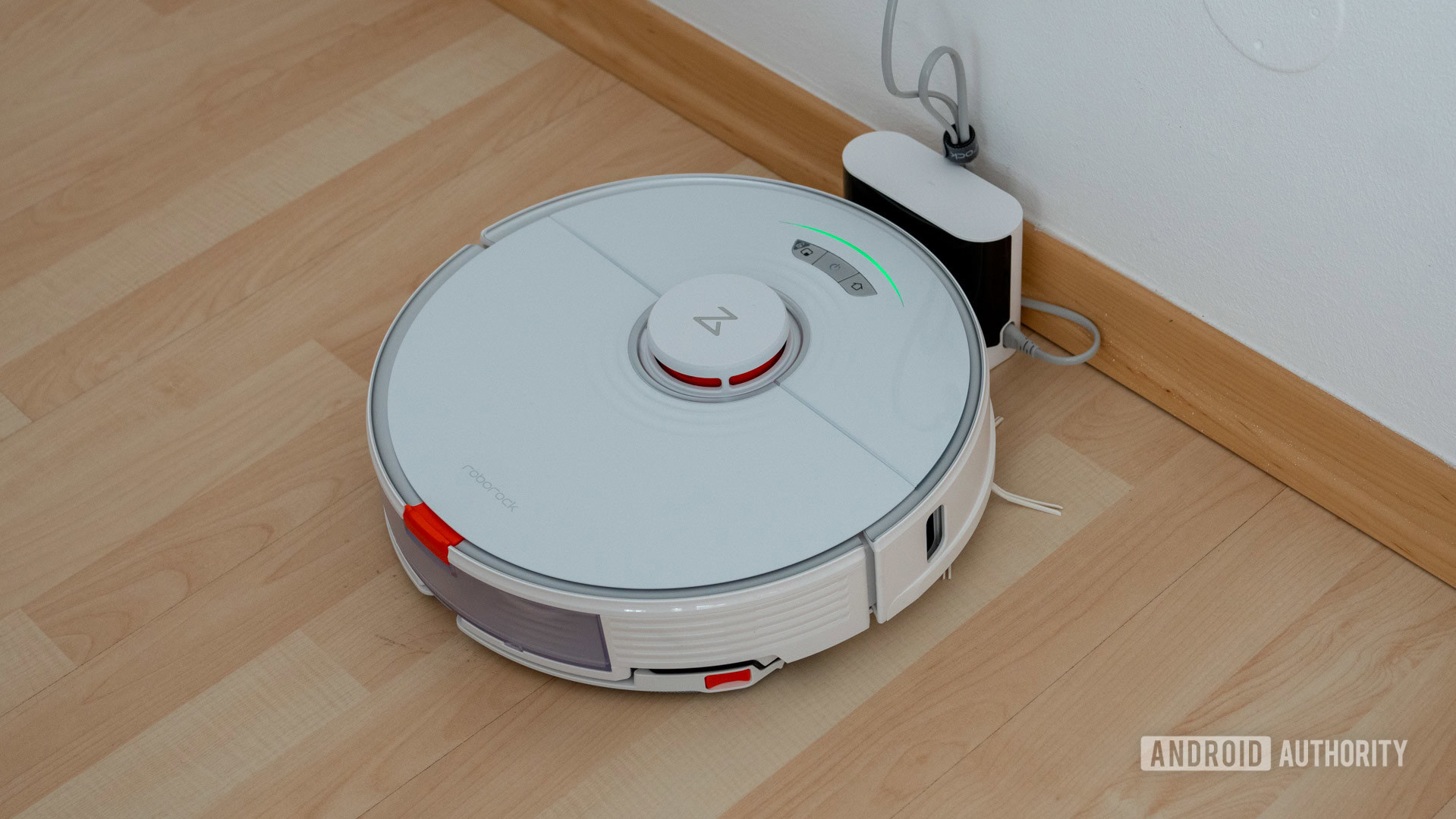
Credit: www.androidauthority.com
Future Trends And Innovations
Vacuum robots are revolutionizing the cleaning industry with their integration of artificial intelligence. These advanced machines are equipped with smart technology that allows them to clean more efficiently and effectively. They can be seamlessly integrated with other household devices, such as smartphones and voice assistants, to provide a personalized cleaning experience.
With voice recognition capabilities, these robots can respond to commands and adjust their cleaning methods according to individual preferences. This integration of AI technology has paved the way for smarter cleaning solutions that are tailored to the needs of each user.
Vacuum robots are no longer just simple appliances, but rather intelligent assistants that can help make cleaning tasks easier and more convenient. As technology continues to advance, we can expect even more innovative features and functionalities from these remarkable cleaning machines.
Frequently Asked Questions On How Vacuum Robots Work
How Do Robot Vacuums Know Where To Go?
Robot vacuums are equipped with sensors and cameras to navigate their surroundings. These sensors help them detect obstacles and create a map of the room. Using advanced algorithms, the vacuum determines the most efficient path to clean the area. It uses a combination of mapping, sensors, and artificial intelligence to identify objects and avoid collisions.
The vacuum continuously updates its map as it moves, ensuring it cleans every nook and cranny. It also has boundary sensors to prevent it from falling down stairs or going into restricted areas. With these technologies, robot vacuums can autonomously navigate and clean your home.
Do Robot Vacuums Actually Vacuum?
Yes, robot vacuums actually vacuum. These smart devices use suction power to effectively clean your floors. They are designed with powerful motors and brushes that pick up dirt, dust, and debris from various surfaces. Robot vacuums have sensors and navigation technology that allows them to move around your home, reaching different areas and cleaning thoroughly.
They can also detect obstacles and avoid furniture or other objects in their paths. Some models even have mapping capabilities, so they can learn the layout of your home and clean more efficiently. With the help of advanced technology, robot vacuums can effectively remove dirt and keep your floors clean, saving you time and effort.
How Do Robot Vacuums Work Without Mapping?
Robot vacuums work without mapping by utilizing a combination of sensors and algorithms. These devices are equipped with sensors that detect the environment and obstacles in real-time. The robot vacuums move randomly around the room, changing directions when they encounter an obstacle.
This random movement pattern ensures that the vacuum covers the entire area over time. The sensor technology allows the robot vacuum to navigate through rooms and avoid bumping into furniture or falling down stairs. The algorithms in the robot’s programming help it determine the most efficient cleaning path based on the area it has already covered.
While robot vacuums without mapping may not be as precise or customizable as those with mapping capabilities, they still provide effective cleaning for most households.
Conclusion
The inner workings of vacuum robots showcase the marvels of modern technology. These autonomous cleaners, equipped with sensors and intelligent algorithms, navigate your home while diligently removing dirt and debris. By comprehending the science behind their functionality, you can make informed decisions when choosing a vacuum robot for your needs. Embracing this innovative technology ensures a cleaner, more convenient living space, freeing up your time for the things that truly matter.
